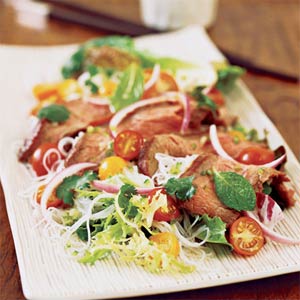 1 beef flank steak (about 1 lb.)
1 beef flank steak (about 1 lb.)
8 oz. dried thin rice noodles (see “Four Types of Noodles,” below)
1/2 C. lime juice
1/4 C. Asian fish sauce (nuoc mam or nam pla) or soy sauce
1/4 C. sugar (2 T. if using soy sauce)
1 T. minced garlic
3 to 4 tsp. minced fresh serrano chiles
2 quarts salad greens (5 oz.), rinsed and crisped
1 C. cherry tomatoes (8 oz.), rinsed, stemmed, and halved
1/2 C. thinly slivered red onion, rinsed
1/3 C. fresh mint leaves, rinsed
1/3 C. fresh cilantro leaves, rinsed
Rinse steak and pat dry. Lay on a grill 4 to 6 inches above a solid bed of hot coals or high heat on a gas grill (you can hold your hand at grill level only 2 to 3 seconds); close lid on gas grill. Cook steak, turning once, until browned on the outside but still pink in center of thickest part (cut to test), 9 to 12 minutes total. Transfer to a board and let rest at least 5 minutes. Meanwhile, in a 5- to 6-quart pan over high heat, bring 2 1/2 to 3 quarts water to a boil; add noodles and stir occasionally until barely tender to bite, 3 to 4 minutes. Drain, rinse with cold water until cool, and drain again thoroughly. In a small bowl, mix 1/2 C. (1/4 C. if substituting soy sauce for fish sauce) water, lime juice, fish sauce, sugar, and garlic. Add chiles to taste. Thinly slice meat across the grain at a 45° angle, then cut the slices into 3- to 4-inch lengths. On each of four dinner plates, layer equal portions of salad greens, noodles, tomatoes, onion, mint, and cilantro. Top salads with slices of beef. Spoon half the dressing over salads; serve remaining to add to taste.
Four types of noodles: Look for dried Asian noodles in the international section of the supermarket or in an Asian market.
Bean threads (saifun or cellophane noodles). Thin, wiry dried noodles, made from the starch of mung beans, turn clear and slippery when cooked in water or puffy and crisp when deep-fried. Neutral flavor.
Rice noodles (rice sticks, mai fun, mi fun). Dried white noodles, made from rice flour, vary from whisker-thin to about 1/4 inch wide. When cooked in water, they turn opaque and tender; when fried, they puff and crisp. Mild rice flavor.
Soba. Buckwheat and wheat flour infuse thin, tan Japanese noodles with robust, earthy flavor.
Wheat noodles (Chinese noodles or Oriental noodles, mein). Available in many forms, these all-purpose noodles taste similar to spaghetti and go by many names.

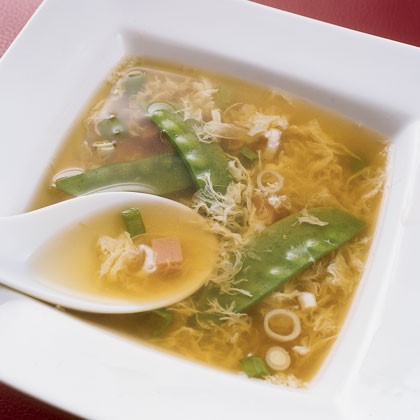
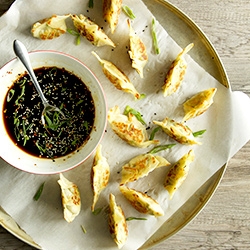
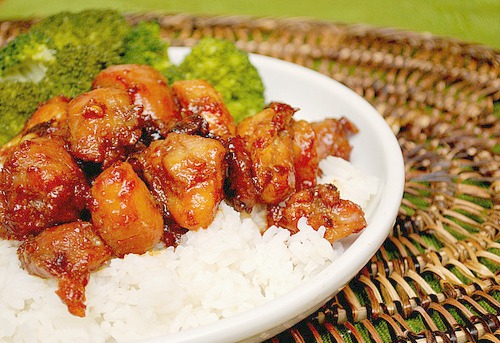
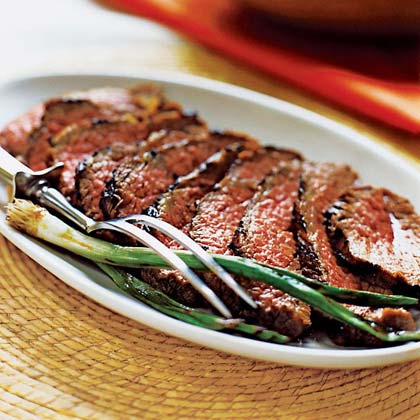

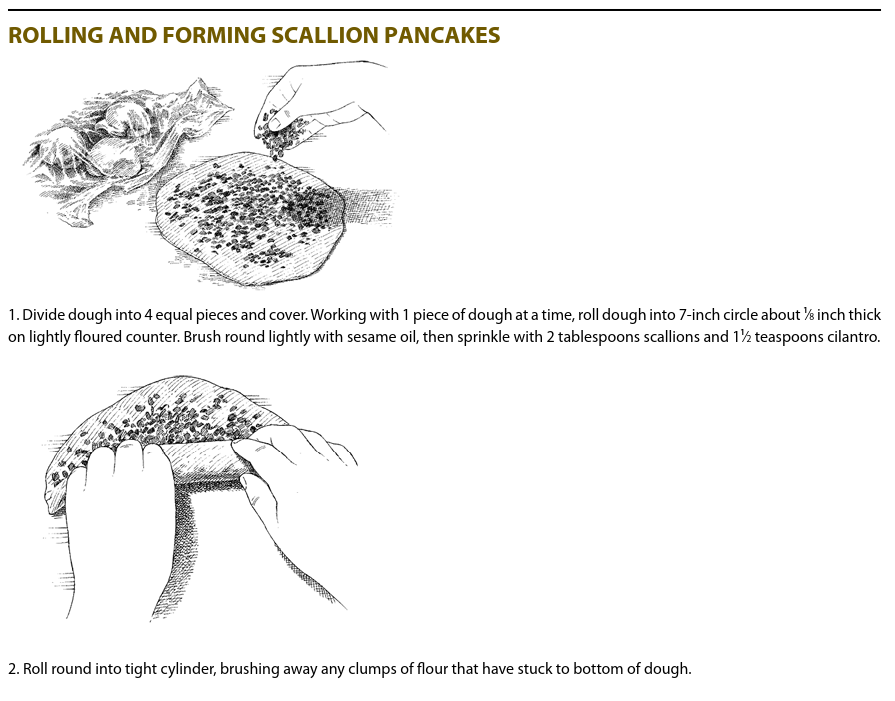

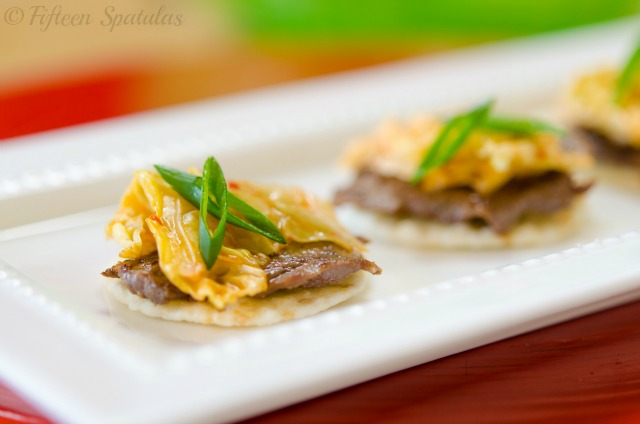
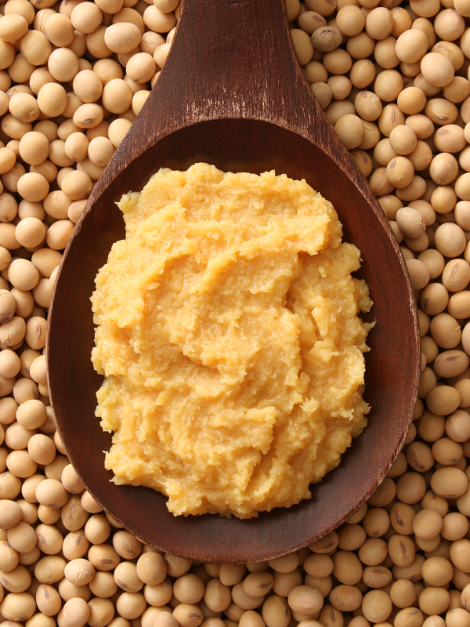

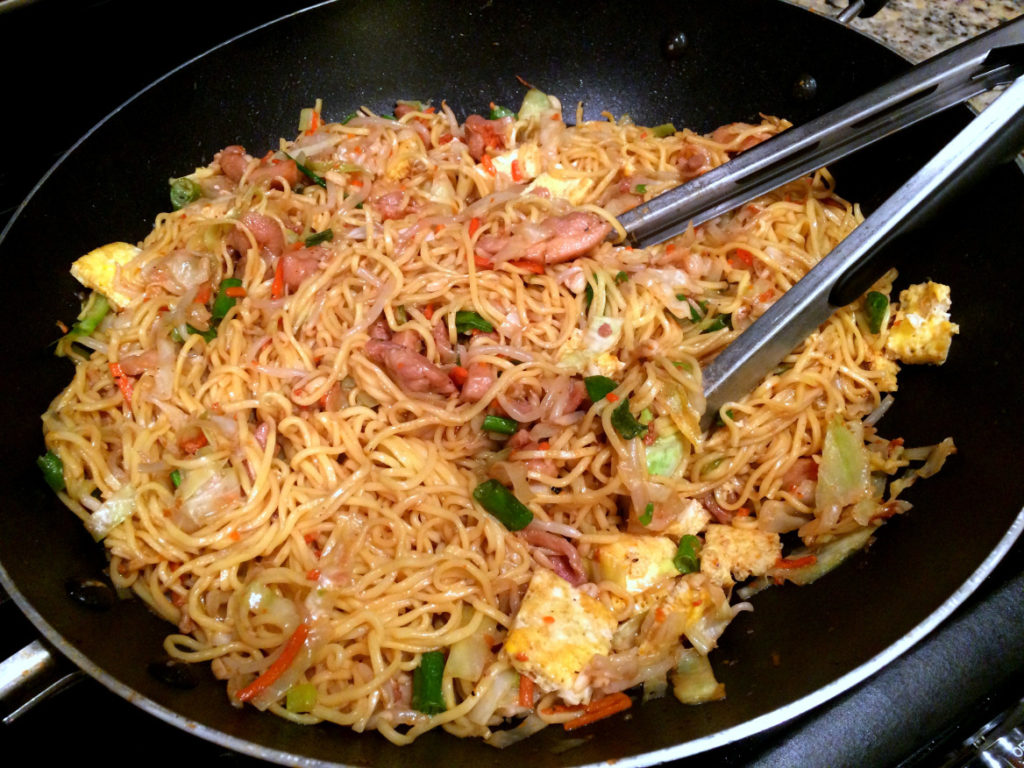
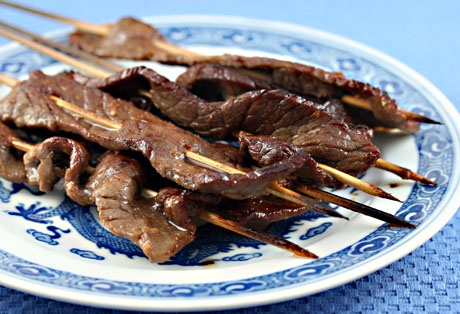


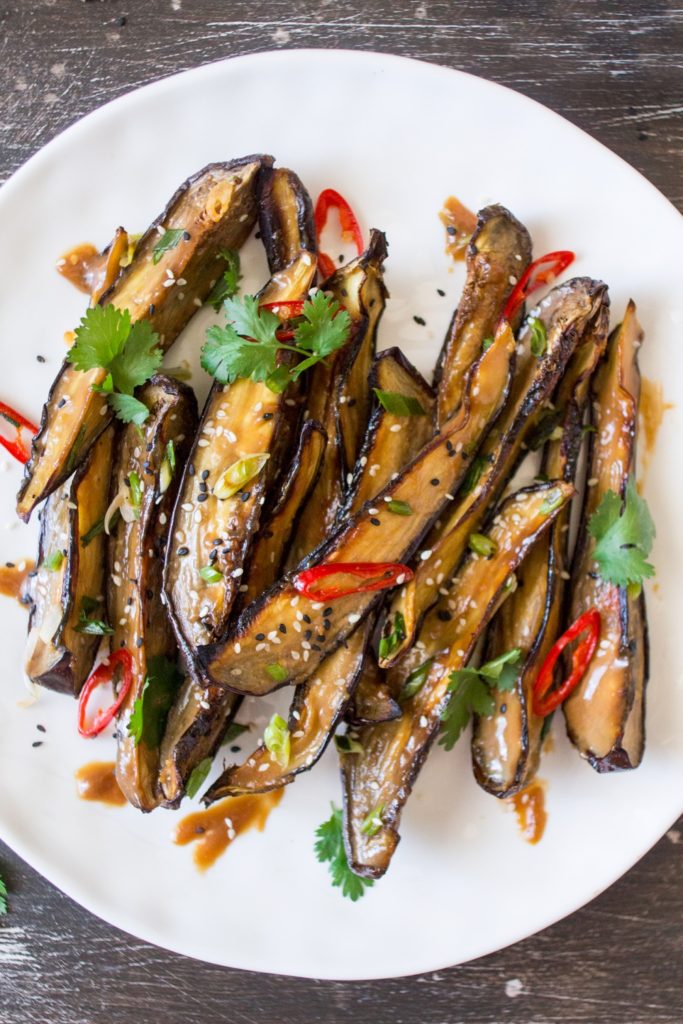


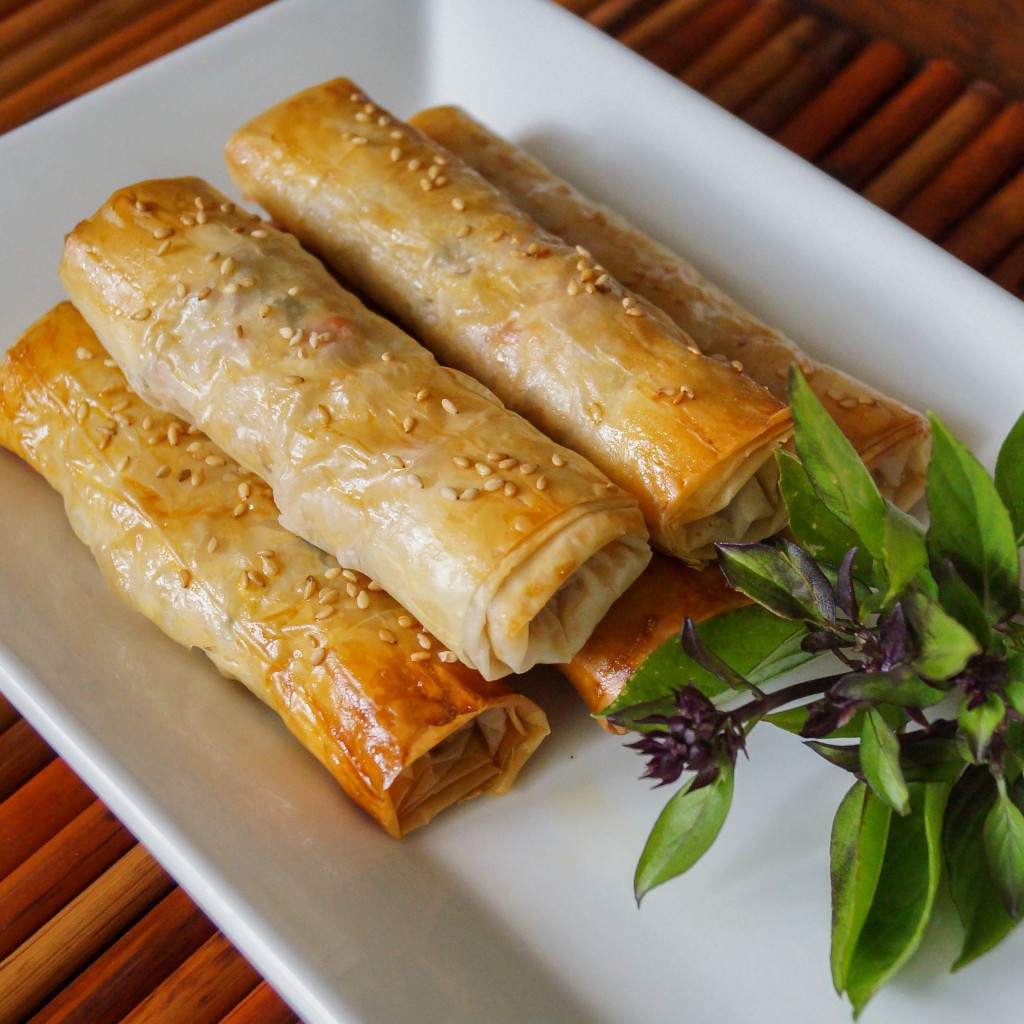
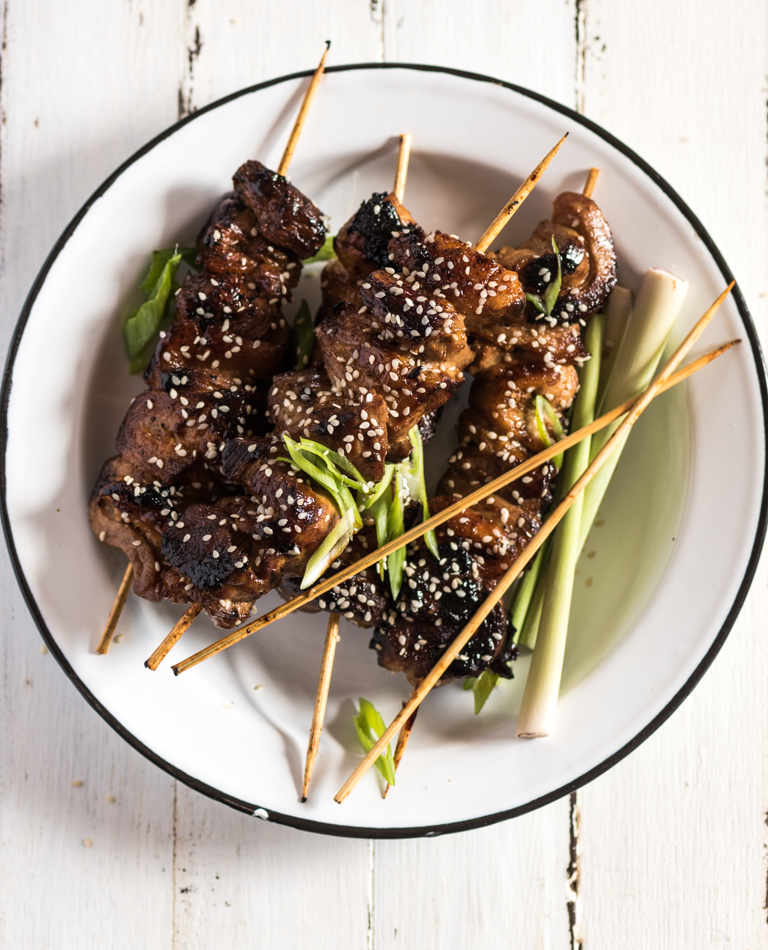

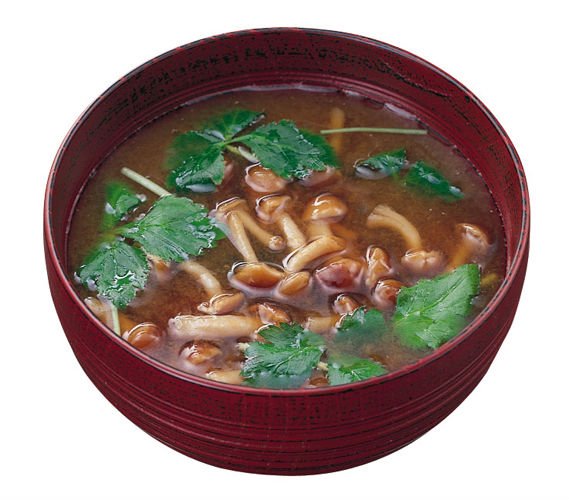
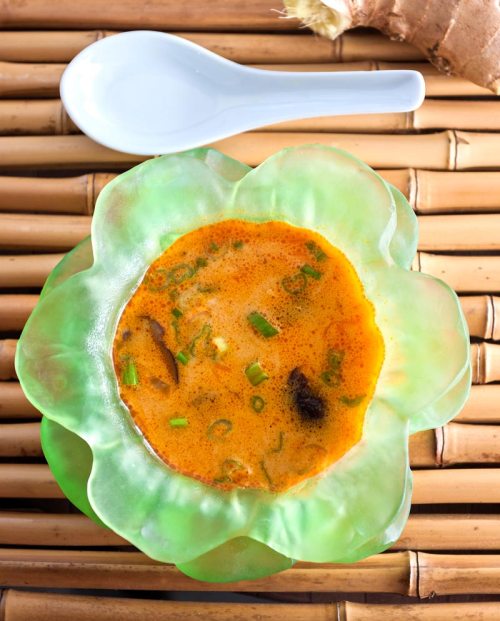
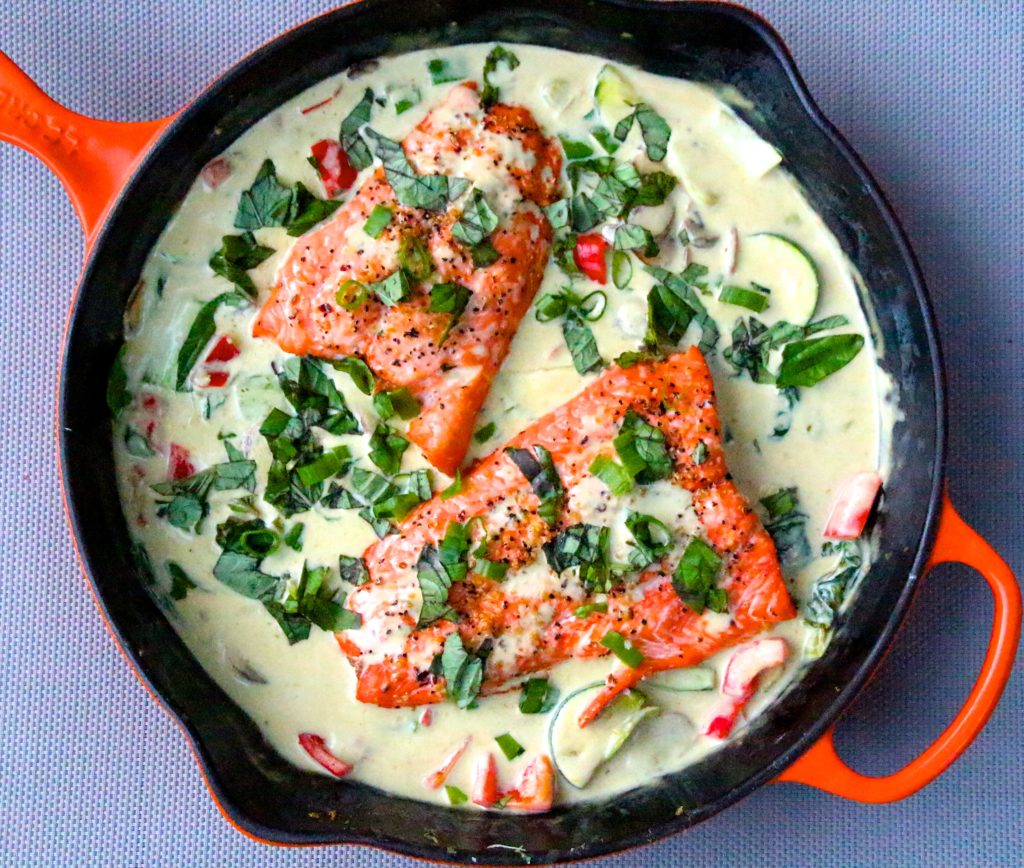
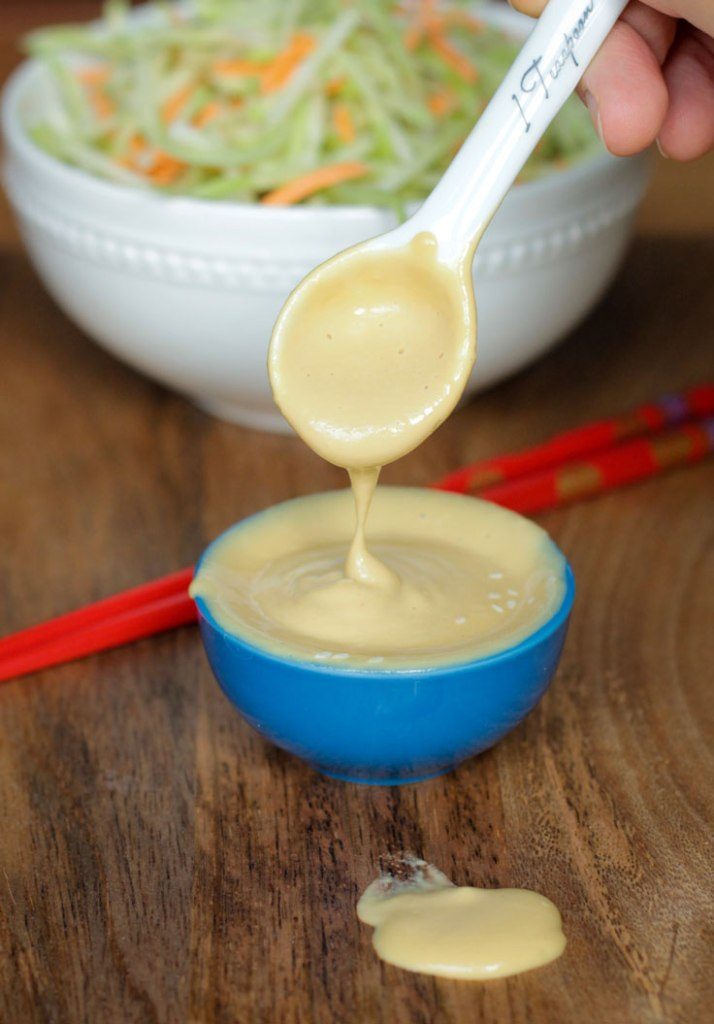
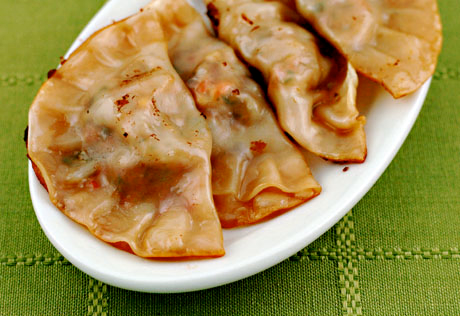
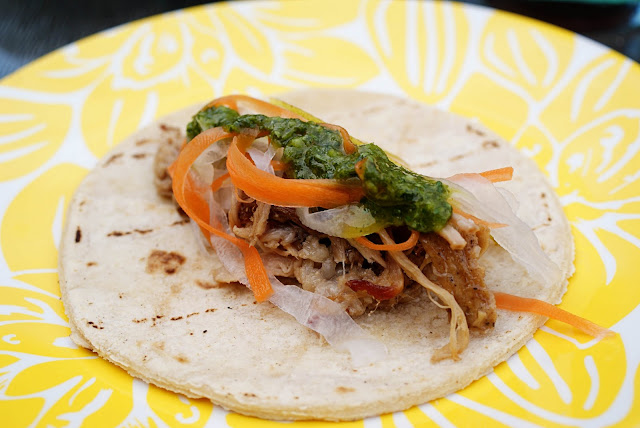 1 1/2 C. beef or chicken stock, or water
1 1/2 C. beef or chicken stock, or water

